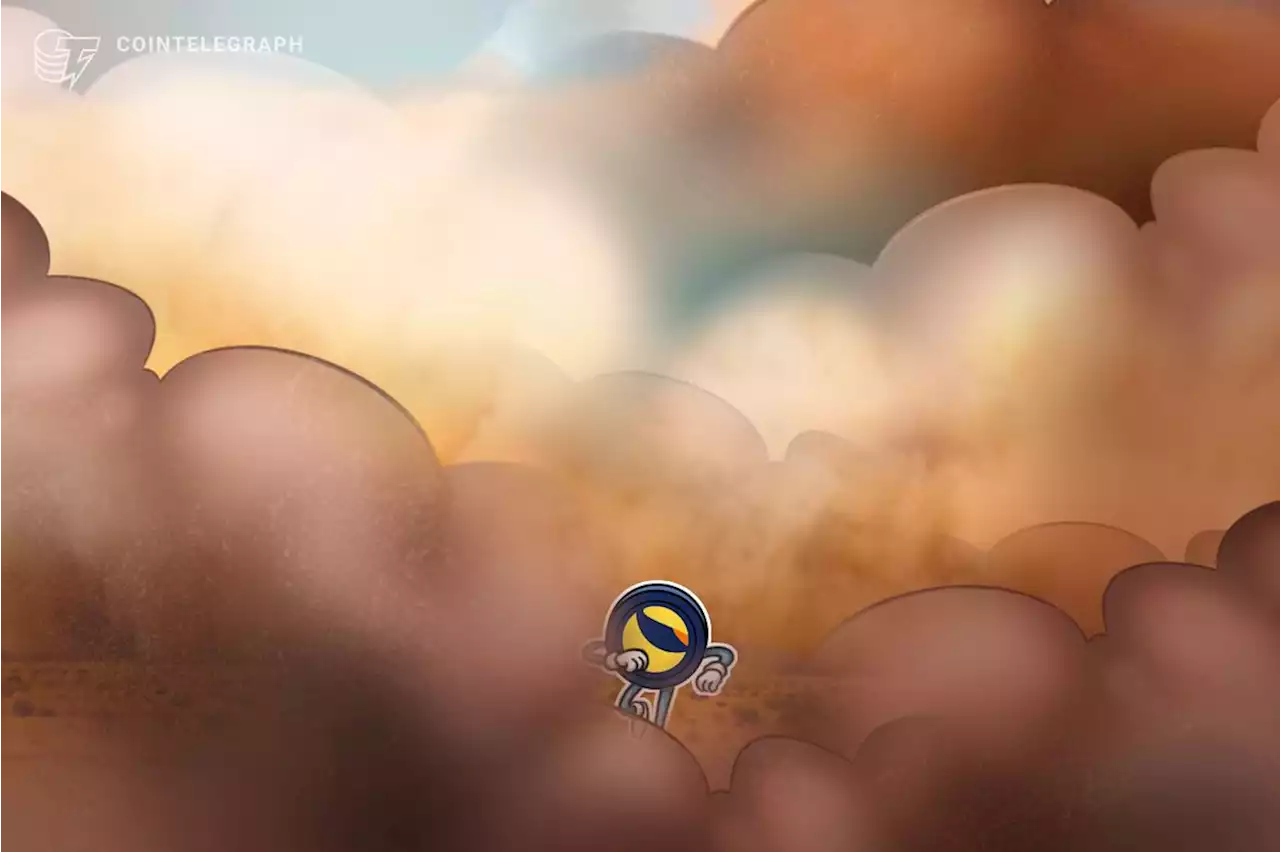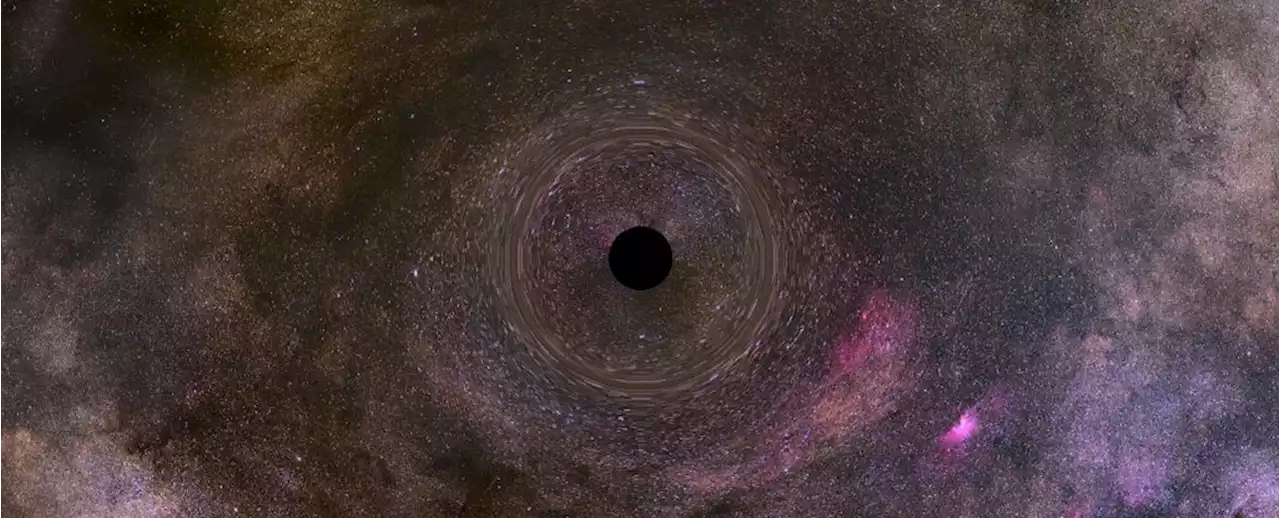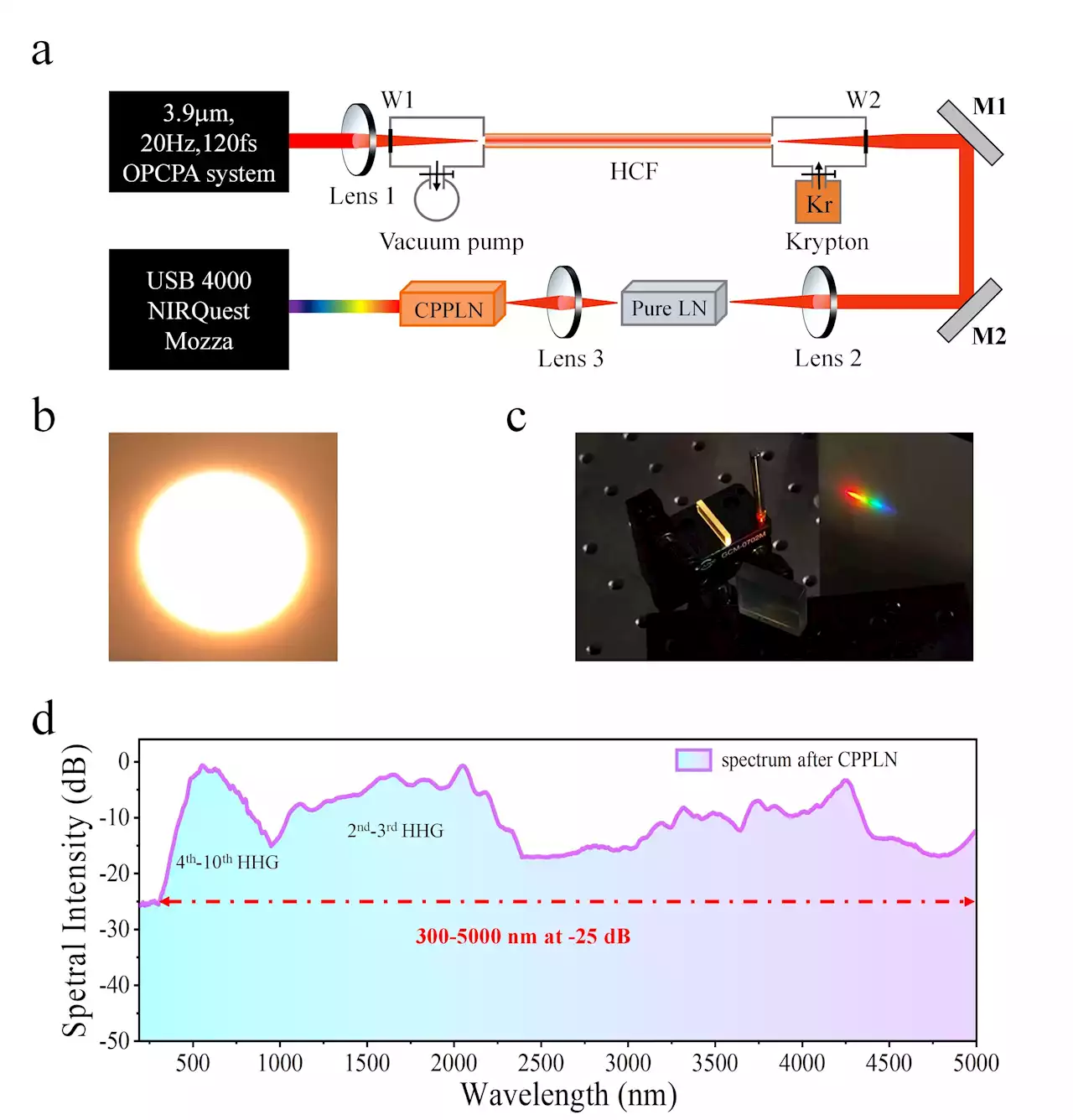A high-brightness ultrabroadband supercontinuum white laser has attracted more and more attention in physics, chemistry, biology, materials science, and other disciplines of science and technology. Over the past decades, many different approaches have been developed for supercontinuum white laser generation.
Most of them utilize various third-order nonlinear effects like self-phase modulation occurring within microstructured photonic crystal fibers or homogeneous plates, or noble gas-filled hollow-core fibers. However, the quality of these supercontinuum sources has been subject to some limitations, such as small pulse energy at nanojoule level and request of complicated dispersion engineering.
Frankly speaking, it has become a great challenge to resolve these bad limitations existing in both 2nd-NL and 3rd-NL regimes and make the best of both worlds for producing a full-spectrum supercontinuum laser with spectral coverage from UV to mid-IR range.
a, Schematic diagram illustrating simultaneous broadband 2nd-10th HHG via cascaded 2nd-NL QPM up-conversion upon a mid-IR pump femtosecond laser in CPPLN. b, Schematic diagram illustrating ultrabroadband 2nd-10th HHG supercontinuum white laser upon a high-peak-power mid-IR pump femtosecond laser via synergic action of 2nd-NL and 3rd-NL. c, The mechanism of full-spectrum laser generation through a cascaded HCF-LN-CPPLN module via synergic 2nd-NL and 3rd-NL.
South Africa Latest News, South Africa Headlines
Similar News:You can also read news stories similar to this one that we have collected from other news sources.
 Citizen scientists reveal how the common wasp spreads across UKThe Big Wasp Survey, a citizen science project involving thousands of volunteers throughout the UK, has yielded important genetic insights into the common wasp, reports a study led by UCL researchers.
Citizen scientists reveal how the common wasp spreads across UKThe Big Wasp Survey, a citizen science project involving thousands of volunteers throughout the UK, has yielded important genetic insights into the common wasp, reports a study led by UCL researchers.
Read more »
 Scientists reverse-engineered the Luna flash crash using particle physicsA pair of researchers from King's College London have developed a method for using a form of statistical mechanics used to study particle physics as the foundation for algorithms exploring the 2022 Luna collapse.
Scientists reverse-engineered the Luna flash crash using particle physicsA pair of researchers from King's College London have developed a method for using a form of statistical mechanics used to study particle physics as the foundation for algorithms exploring the 2022 Luna collapse.
Read more »
 Scientists Develop Drug That Prevents Weight Gain in Junk-Food-Eating MiceMice fed a high-sugar, high-fat diet for most of their lives managed to escape weight gain and protect their livers when they were treated with an experimental new drug.
Scientists Develop Drug That Prevents Weight Gain in Junk-Food-Eating MiceMice fed a high-sugar, high-fat diet for most of their lives managed to escape weight gain and protect their livers when they were treated with an experimental new drug.
Read more »
 Zooming Black Holes Can Reach ~10% The Speed of Light, Scientists SayBlack holes could be right now zooming through the Universe at astonishing speeds just under 10 percent of the speed of light.
Zooming Black Holes Can Reach ~10% The Speed of Light, Scientists SayBlack holes could be right now zooming through the Universe at astonishing speeds just under 10 percent of the speed of light.
Read more »
 Scientists Reveal the Secrets Behind Record-Breaking Tandem Solar CellThe most advanced tandem solar cells today, composed of a silicon base and a perovskite top layer, can transform roughly one-third of the sunlight they receive into electrical power. These are record values, especially for a potentially very inexpensive technology. A team at the Helmholtz-Zentrum Be
Scientists Reveal the Secrets Behind Record-Breaking Tandem Solar CellThe most advanced tandem solar cells today, composed of a silicon base and a perovskite top layer, can transform roughly one-third of the sunlight they receive into electrical power. These are record values, especially for a potentially very inexpensive technology. A team at the Helmholtz-Zentrum Be
Read more »
 Teens Who Smoke Show Reduced Brain Matter, Scientists DiscoverNeurological imaging reveals people more inclined to begin smoking as teenagers tend to have reduced gray matter in two important brain regions, indicating they may play a significant role in inhibition and addiction.
Teens Who Smoke Show Reduced Brain Matter, Scientists DiscoverNeurological imaging reveals people more inclined to begin smoking as teenagers tend to have reduced gray matter in two important brain regions, indicating they may play a significant role in inhibition and addiction.
Read more »
